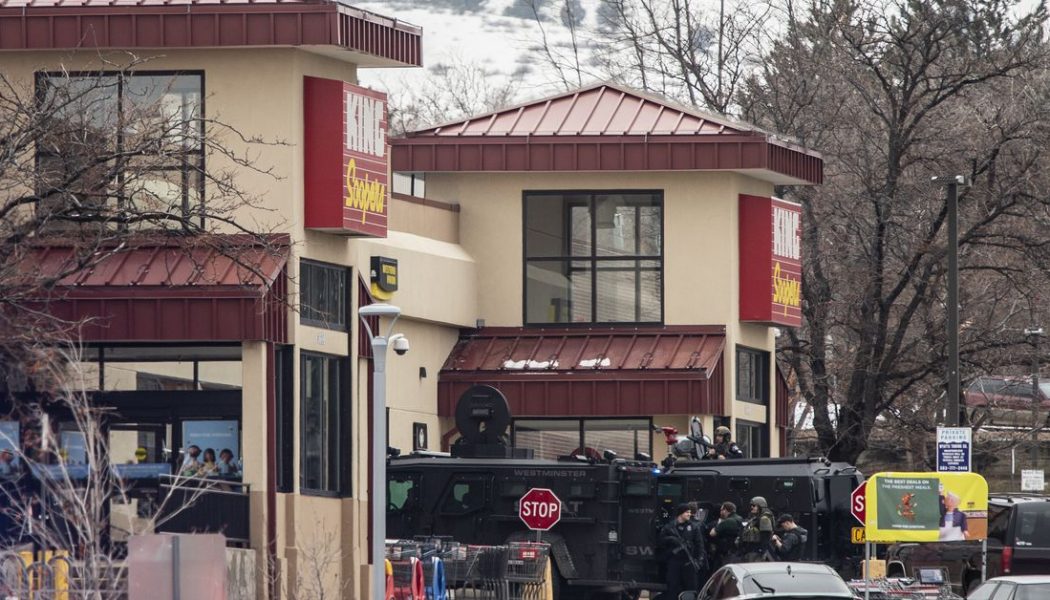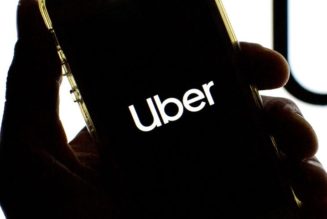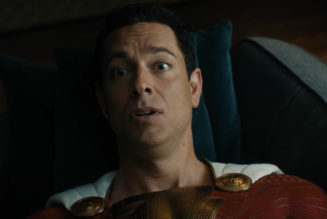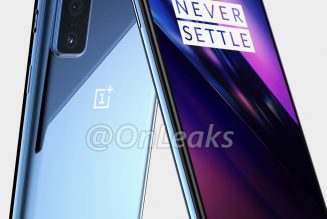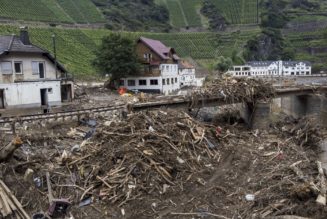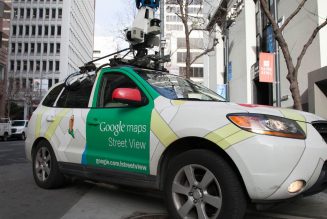
YouTube says the platform will not remove a controversial live-streamed video of a mass shooting in Boulder, Colorado, despite criticism of the streamer’s tactics and commentary.
“Following yesterday’s tragic shooting, bystander video of the incident was detected by our teams. While violent content intended to shock or disgust viewers is not allowed on YouTube, we do allow videos with enough news or documentary context,” YouTube spokesperson Elena Hernandez told The Verge. “We applied an age restriction to the content and will continue to monitor the situation.”
The live stream was broadcast from around the King Soopers supermarket in Boulder; according to Vice, it reached a live audience that peaked at around 30,000 people and has since been viewed around 585,000 times. The streamer, Dean Schiller, began recording inside the supermarket soon after the attack. He continued recording from outside for more than three hours, despite police requests for him to leave.
Schiller has identified himself in the past as a citizen journalist, and in 2019, he and another videographer were arrested and jailed for filming around the Boulder County Jail, following a series of videos that captured alleged police misconduct. But as Vice notes, Schiller has been criticized on several fronts for the shooting video. Some video commenters called him out for not dialing 911 or attempting to help people fleeing the building, while some other news outlets and anti-extremism researchers criticized him for speculating on the shooter’s motives, revealing police tactics, and briefly filming the bodies of victims.
Yesterday’s shooting in Boulder left 10 people dead, and a police spokesperson said the alleged killer was taken into custody after being shot in the leg by a police officer. Police have not offered a motive for the attack.
Videos of murder have created a quandary for social network moderators who are tasked with distinguishing between meaningful journalism and content that could inspire copycat attacks or play into a killer’s search for publicity. Platforms like Facebook and YouTube have scrambled to remove video directly recorded by mass shooters, including a 2019 attack on two mosques in Christchurch, New Zealand. But they’ve also been criticized for removing video documenting newsworthy events like police shootings.
Platforms have also responded by surfacing trusted news outlets or by limiting the reach of controversial posts, even if they’re not banned outright. But YouTube didn’t outline any specific steps it had taken on Schiller’s video beyond requiring users to log in and verify their age before viewing it.
The video also plays into long-standing questions about how journalists should responsibly cover violence. While some YouTube comments called the video a negative byproduct of social media reporting, others drew parallels with sensationalist coverage in older mediums like TV news — comparing Schiller to the protagonist of the 2014 film Nightcrawler.
Traditional media outlets have gradually reevaluated their playbook for reporting on mass shootings in recent years. That includes trying to avoid an inordinate focus on the shooter or unsubstantiated speculation about their motives, particularly in the early stages of an incident, when very little is known about the attack. Some best practices also include avoiding graphic violence that’s posted without a clear purpose — and could add to the trauma of people who have survived the shooting.
